A team of US and Chinese scientists has demonstrated a new, nonhalogenated solvent system to produce high performance polymer solar cells.
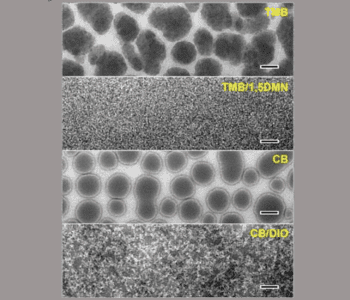

A team of US and Chinese scientists has demonstrated a new, nonhalogenated solvent system to produce high performance polymer solar cells.
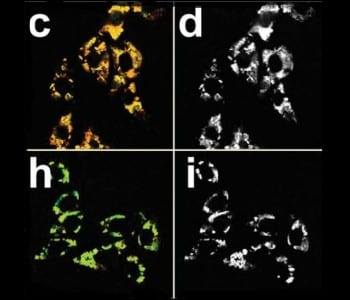
An Ir-complex modified nanoprobe to sensitively monitor hypoxia in cancer cells without interfering autofluorescence is developed.
Development of novel, high-energy organic cathode paves the way for new generation of rechargeable Li-organic batteries.
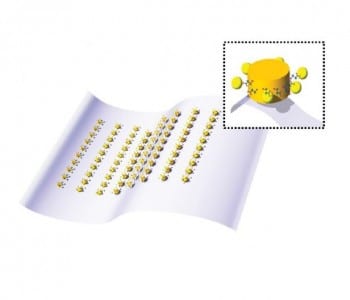
Low concentrations (10 × 10−15 M) of the disease biomarker microRNA-21 (miRNA-21) can be detected by a flexible biosensor.
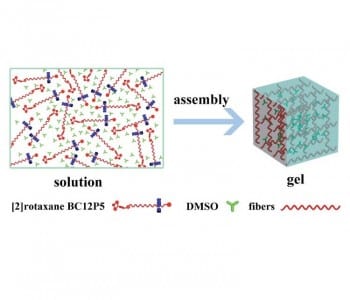
The fluorescent rotaxane is a molecular shuttle sensitive to temperature, pH, and solvent polarity changes. It forms a gel which changes its fluorescence properties upon acidic/basic gas exposure and can be turned into a liquid by shaking, heating, and by adding anions.
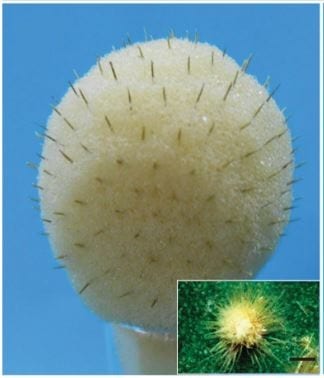
Artificial cactus spines, which can collect fog from the air, have been constructed by a research group from Beihang University. This water-harvesting method is of great interest in a world where water is becoming more scarce.
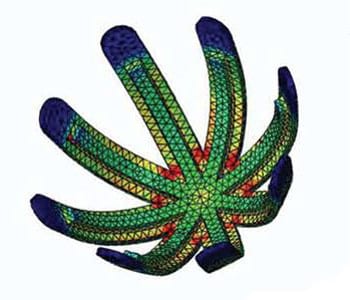
A team of researchers at Stanford University has developed shape-controlled, self-wrapping electronics based on carbon nanotubes.
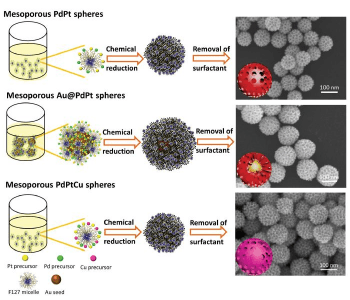
A facile, green, and tunable synthesis for mesoporous spheres consisting of noble metals is developed. The spheres are potential catalysts in fuel cells.
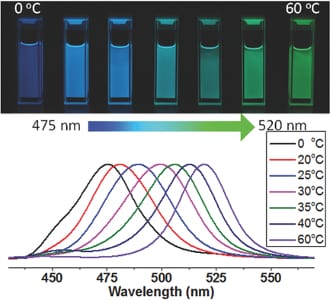
New research published in Advanced Science by a team of Chinese researchers presents the control of the emission color of CH3NH3PbBr3 perovskite quantum dots using precipitation temperature.
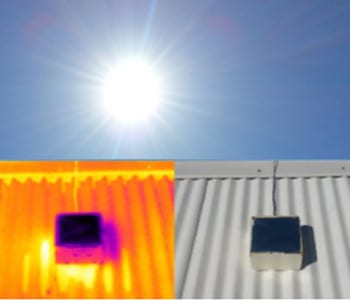
Researchers at the University of Technology in Sydney have developed a new material that can keep roofs cooler than the air above them, even in direct sunlight.